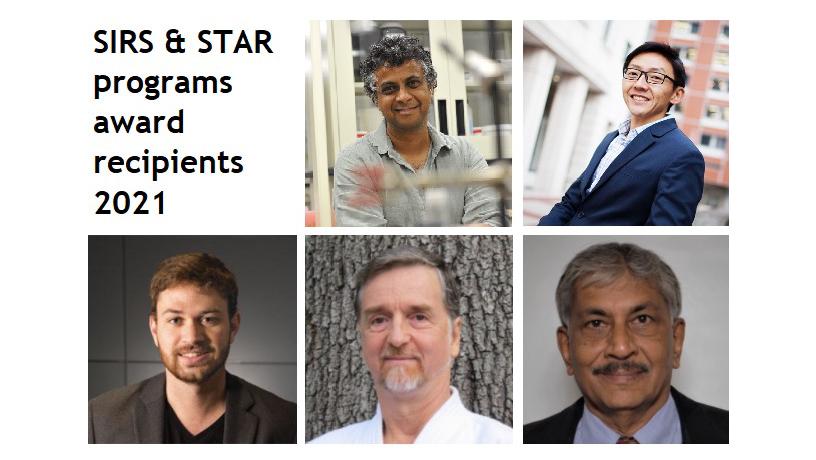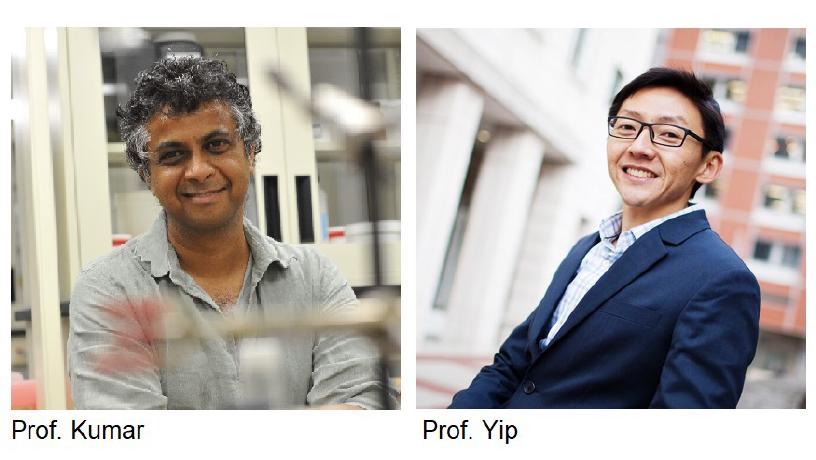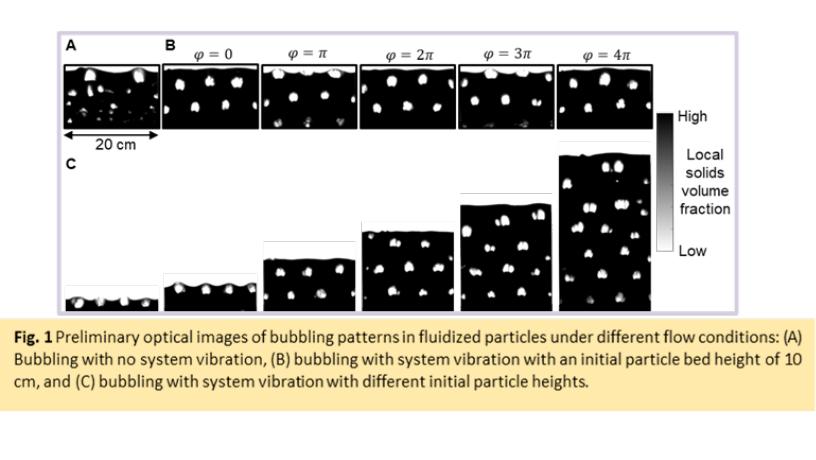Earth and Environmental Engineering Faculty Received Funding From SIRS and STAR Programs at School of Engineering and Applied Science
The SEAS Interdisciplinary Research Seed (SIRS) and SEAS Translational Acceleration Research (STAR) programs are important funding sources for interdisciplinary and translational faculty research at Columbia. These programs have supported bold, new, collaborative research and the translation of early-stage research to real-world solutions since 2016.

Enabling Ion-Specific Selective Separations through Fundamental Understanding of the Roles of Membrane Structural and Chemical Architecture in Transport Phenomena
PIs: Ngai Yin Yip and Sanat Kumar
Chemical separations are integral to industrial processes and account for 10-15% of the world’s energy consumption. Advancement in the selectivity of existing separation techniques and the development of new technologies with improved selectivity have been identified as critical separation needs for energy, water, and the environment. The overarching goals of this project are i) to achieve mechanistic understanding of ion transport phenomena in condensed phases, in particular, the role of ion hydration and ii) leverage on the fundamental insights to inform the development of novel electro membranes with the unprecedented ability to selectively separate targeted ions. We are specifically interested in differentiating a desired ion over other like-charged ions with the same valency, a separation that is currently outside the purview of most available techniques. The project integrates experimental approaches and theoretical analyses, to advance an entirely new strategy to dramatically enhance the specific-ion selectivity of electro membranes.

Sustainable Mining via Novel Separation of Granular Particles
PIs: Christopher Boyce, Raymond Farinato, and D.R. Nagaraj
Mining is critical to sustain the industrial and economic development of modern society, meeting the materials and energy demands of a growing population, and enabling current and future renewable technologies. The majority of elements in the Periodic Table are extracted from the Earth’s Crust from ores containing <<1% of these elements, i.e. >>99% waste rock. Thus, resource recovery from the Earth’s Crust requires processing of massive amounts of ore with very high consumption of energy and water while generating large volumes of waste, all of which are becoming unsustainable. The bulk of the water and energy consumption is wasted on comminution of barren rock. Thus, pre-concentration or rejection of barren rock at a coarse size (mm to m scale), even at modest levels, will result in a large reduction in water/energy consumption and waste generation. Our collaborative work will explore novel separation methods, based on recent fundamental studies*, employing air flow and vibration to segregate particles on the basis of size, shape, and density. We intend to study this segregation using a combination of optical imaging, magnetic resonance imaging (MRI) and computational modeling.

*Q. Guo, Y. Zhang, A. Padash, K. Xia, T.Kovar, and C. Boyce. 2021. Dynamically structured bubbling in vibrated gas-fluidized granular materials PNAS, https://doi.org/10.1073/pnas.2108647118
